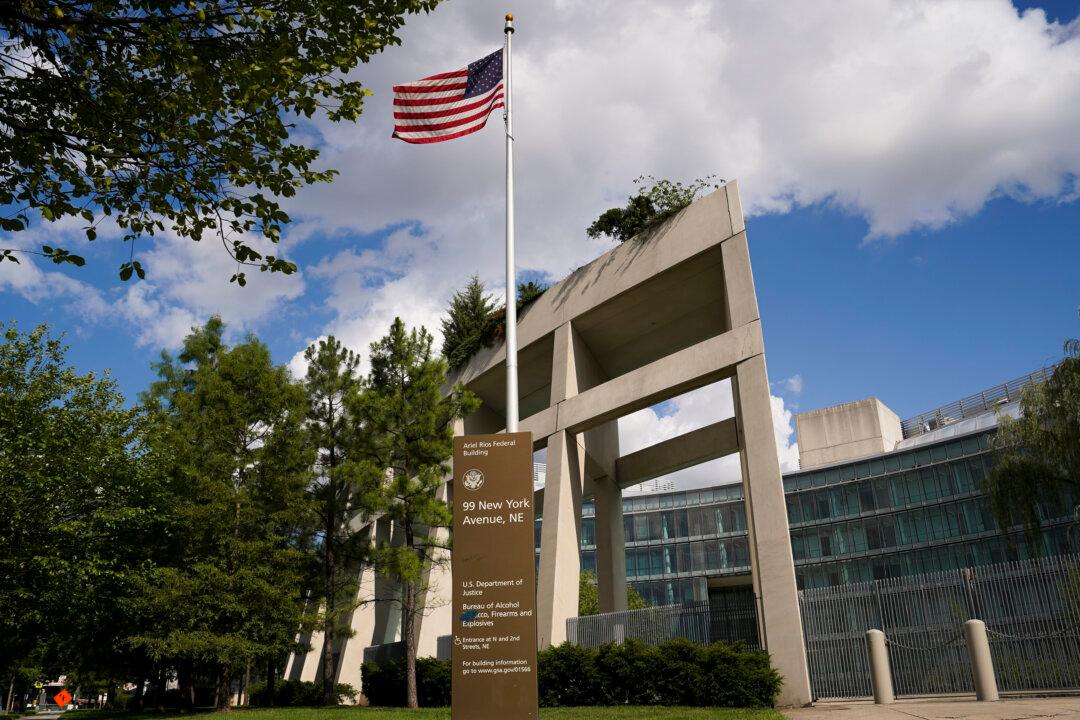The Bureau of Alcohol, Tobacco, Firearms, and Explosives (ATF) has published its new rule outlawing pistols equipped with pistol-stabilizing braces. The rule gives owners of such firearms 120 days to destroy, register or surrender the now-illegal braces.
Aidan Johnston, director of Federal Affairs for Gun Owners of America, said he and his organization are taking a fourth option. They plan to fight back.





